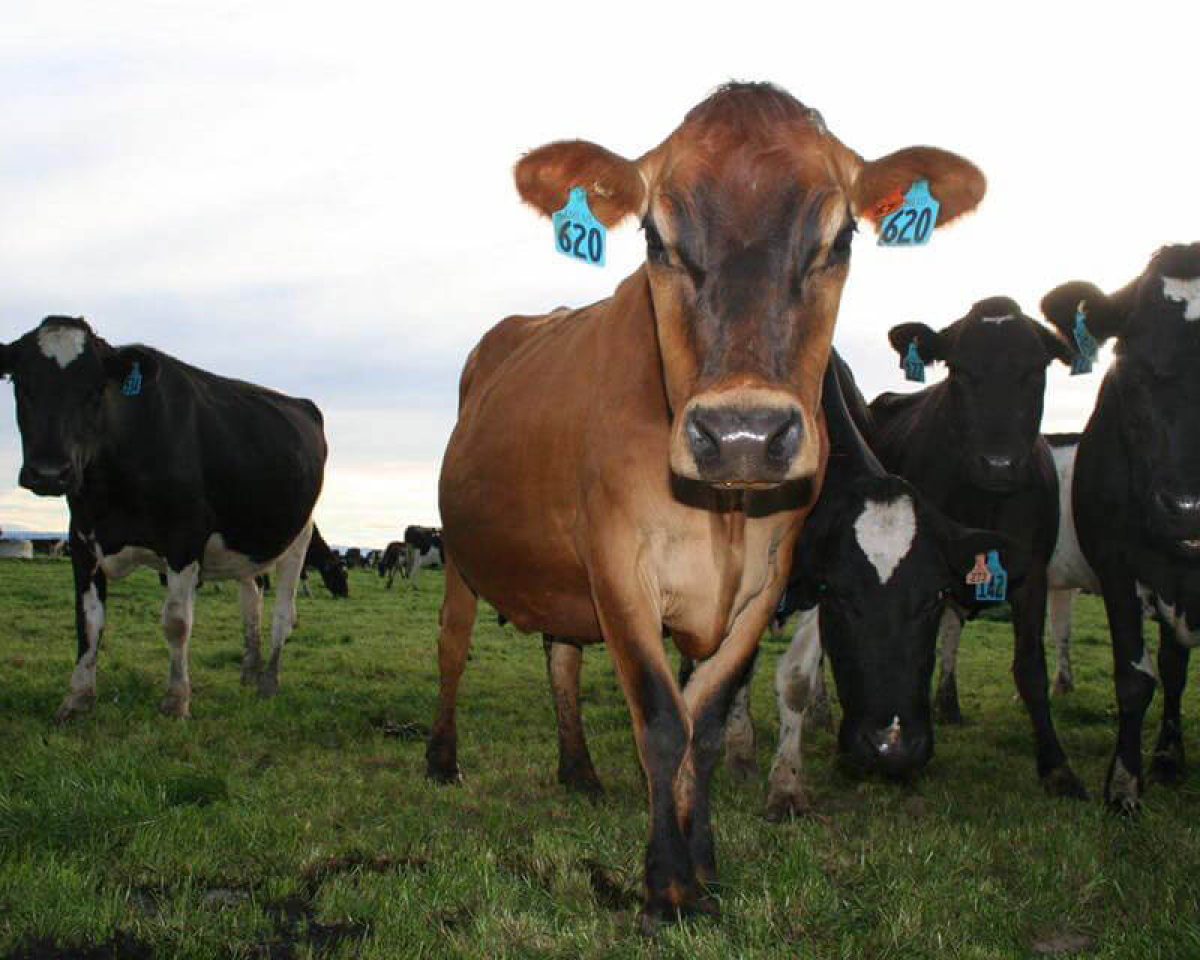To accurately compare our two farm systems, they were modelled with just the predominate soil type on farm (Mayf_2a.1) rather than using all 5, as the soil types are not equally distributed between the regenerative and conventional side. Each side has an effective area of 146 ha, which is half of the total effective area of the farm. Stocking rate, production, fertiliser, crops, and supplements were modelled based on actuals. We have pivots and sprinklers on the farm and they were equally represented on both sides, as was the effluent area.
From our perspective, we don’t dispute that we produced 350 kgMS/ha or $1600/ha more on the conventional side than the regenerative side. We have previously discussed how our focus this coming season will be around getting the milk production up on the regenerative side, which will translate into improved profitability.
But we do think it is interesting to bring OVERSEER N loss into this discussion. The conventional side has potential losses of 65 kgN/ha while the regenerative side is at 33 kgN/ha. This tells the story of the difference in impact between the two systems, though the differences in profitability can’t be ignored either.
Going forward we think that two new metrics will become important for the agriculture industry to consider.
The first is kgMS/ha per kgN/ha loss, with the regenerative side losing 1 kgN for every 38 kg of milk solids, while the conventional side loses 1 kgN of every 25 kg of milk solids. We are more efficient per kg N loss on the regenerative side, albeit we did not produce as much. If we can execute to our plan next year of lifting milk production/ha on the regenerative side this number is only going to improve.
The second metric to consider is EBIT/ha per kgN/ha loss. From this perspective we made $160 for every kg of N loss on the regenerative side, while only making $107 on the conventional side. So this again demonstrates the efficiency of the regenerative side, for every kg of N lost, we were able to turn it into a greater receipt for the business at $160 vs $107.
We believe this second metric especially will be a critical metric as we move forward, how do we get the greatest receipt per kg N loss? Every industry has an impact, one of ours is kg N loss/ha, so how can we turn this into the greatest return?
This gives us a level of comfort that we are more efficient on the regenerative side, but we still need to lift the overall absolute milk production and EBIT number, to further improve going forward.
These two interesting metrics drive home some in-system efficiencies, around ensuring we can get our N loss down while maintaining profitability. The two take home messages for us are that the conventional system needs to focus on getting N loss down and the regenerative system needs to work out how to get profitability up. Two exciting areas of focus as we move forward, and we will keep people updated as we progress.
| Regenerative | Conventional | |
| kg N Loss per ha | 33 | 65 |
| kg MS per ha | 1255 | 1601 |
| kg MS per ha vs kg N loss/ha | 38 | 25 |
| EBIT/ha | $5282 | $6943 |
| EBIT/ha vs kg N | $160 | $107 |
